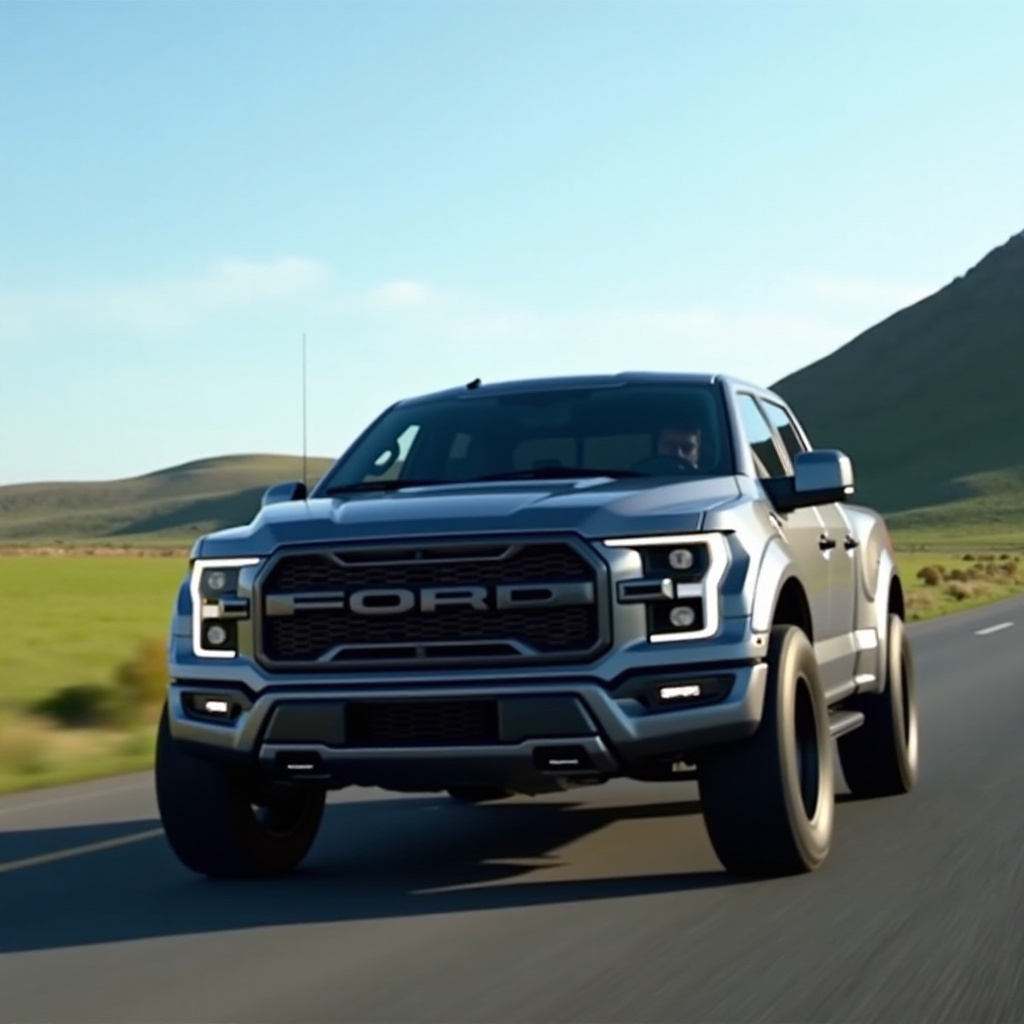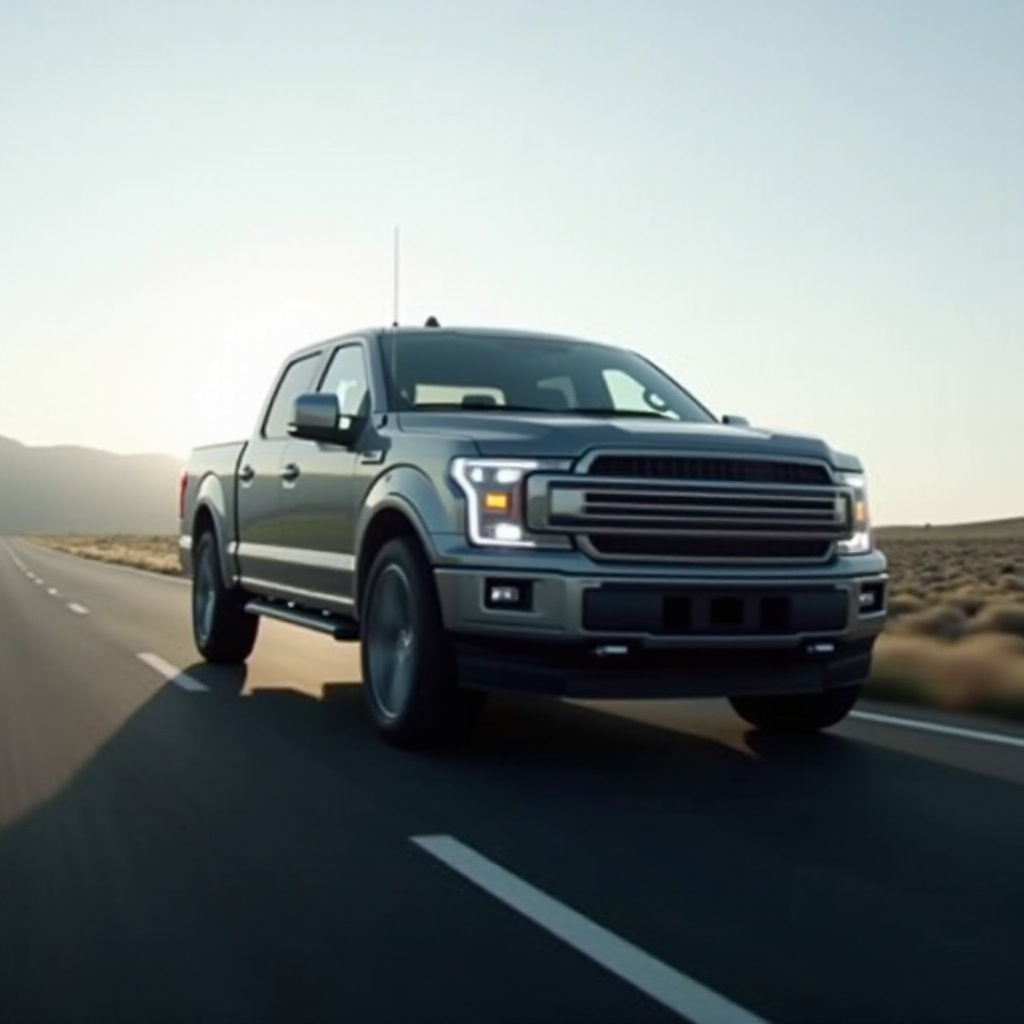Introduction
The Ford F-150 Lightning has garnered significant attention since its launch, representing Ford’s prominent entry into the electric truck market. With its debut, Ford promised remarkable driving ranges and an experience that reshapes what we expect from electric trucks. Prospective and current owners alike are keen to understand how the F-150 Lightning’s range stands up in real-world conditions. This topic delves into the specifics of the F-150 Lightning’s range, providing insights to help you make an informed decision.

The Promise vs. Reality: F-150 Lightning Range
When Ford launched the F-150 Lightning, they claimed a maximum range of approximately 300 miles for the extended-range battery version under ideal conditions. This bold claim positions the Lightning as a serious contender in the electric vehicle market, especially among electric trucks. However, real-world conditions often diverge from the precise environments in which manufacturers test their vehicles.
Owners and test drivers have reported varying numbers that sometimes show a significant reduction in range, particularly when factors like climate conditions, driving habits, and payloads are at play. Reports indicate real-world ranges fluctuating between 200 to 280 miles, underscoring the variability depending on how and where the truck is driven. This discrepancy between the promise and reality highlights the necessity of understanding the factors that influence the real-world range of the F-150 Lightning.
Factors Affecting Real-World Range
Understanding what impacts the F-150 Lightning’s range helps drivers manage their expectations and optimize the vehicle’s performance.
Climate Conditions
Extreme temperatures, whether hot or cold, can drastically impact battery performance. In colder climates, the chemical reactions within the battery slow down, reducing efficiency and capacity. Warming up the cabin of the truck also consumes considerable energy, thereby reducing the truck’s overall range. Conversely, while heat does not drain capacity, it still leads to energy being diverted to run the air conditioning system, which takes a toll on the range.
Load and Towing Capacity
One of the principal attractions of the F-150 Lightning is its capacity to haul and tow. However, these features come with a trade-off. Towing heavy loads essentially means more energy is consumed, significantly shrinking the range. Owners have reported ranges plummeting by almost 50% when towing near the truck’s maximum capacity. Planning is necessary for long hauls with a trailer attached; range estimations must be adjusted accordingly.
Driving Style and Speed
Your driving habits also substantially impact the battery’s range. Consistent high speeds, rapid acceleration, and aggressive driving all require more energy and can quickly deplete the battery life. On the other hand, maintaining moderate speeds and smooth, consistent acceleration and braking can help to extend the range. Additionally, using regenerative braking effectively can help recapture energy, boosting overall efficiency.

User Experiences and Testimonials
Real-world user experiences present a mixed bag of opinions and insights, illustrating the F-150 Lightning’s strengths and limitations in varied situations. Many users praise the vehicle’s quick acceleration, impressive towing capacity, and overall driving experience. However, they also highlight how different conditions alter the range.
Richard, a truck owner from Colorado, shares his experience: ‘In colder months, I notice a significant drop in range. It typically averages around 220 miles as opposed to the 300 miles Ford promises. However, it’s still remarkable for most of my daily needs.
Another user, Janine, who frequently tows a camper, remarks, ‘I love the capability and convenience, but towing reduces my range by nearly half. Trips that should be 280 miles end up being closer to 150.
Users from warmer climates report better range figures but still note the strain of high-speed driving on long highways. Community forums and groups dedicated to the F-150 Lightning show that while the truck’s real-world range may vary widely, users generally find it a competent and satisfying vehicle.
Enhancing the Ford F-150 Lightning’s Range
To make the most of the F-150 Lightning’s battery and ensure you’re getting the best possible range, there are several strategies you can employ.
Efficient Driving Techniques
- Maintain Moderate Speeds: Avoid rapid acceleration and high-speed driving.
- Smooth Acceleration and Braking: Gentle driving conserves energy and extends range.
- Use Regenerative Braking: This feature helps to recapture energy while slowing down.
Battery Maintenance and Care
- Optimize Charging Habits: Follow a regular charging schedule and avoid completely depleting the battery.
- Thermal Management: Pre-condition the battery and cabin temperature before unplugging to reduce energy drain from climate control during the drive.
Optimizing Vehicle Settings
- Eco Mode: This mode optimizes the vehicle’s performance for maximum efficiency, reducing power consumption by limiting some features.
- HVAC Settings: Adjust cabin temperature settings to be more energy-efficient, using heated seats instead of cabin heat when possible.

Conclusion
The Ford F-150 Lightning promises much in terms of range and capability. While real-world performance varies, it largely fulfills its role as a versatile electric truck. Understanding the factors affecting range and adopting best practices can significantly enhance your experience, making the F-150 Lightning a reliable and efficient option for modern drivers.
Frequently Asked Questions
How does the F-150 Lightning perform in extremely cold weather?
In extremely cold weather, the F-150 Lightning’s battery efficiency decreases, leading to a reduced range, often by up to 20-30%. Preconditioning the battery and using efficient cabin heating such as seat warmers can help mitigate this effect.
What is the impact of towing on the F-150 Lightning’s range?
Towing heavy loads can significantly reduce the range of the F-150 Lightning, often by nearly 50%. Planning routes with ample charging stations becomes crucial for long tows.
What are some effective ways to maximize the range of the F-150 Lightning?
1. Drive Efficiently: Maintain moderate speeds and avoid aggressive driving. 2. Battery Maintenance: Regular, optimal charging and thermal management of the battery. 3. Optimize Vehicle Settings: Use Eco mode and adjust HVAC settings efficiently.
